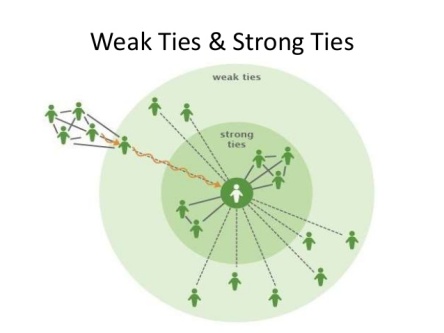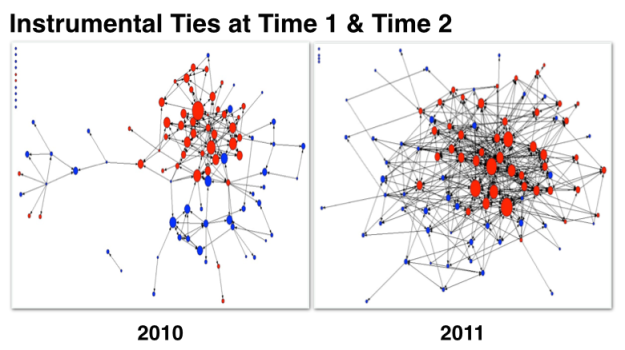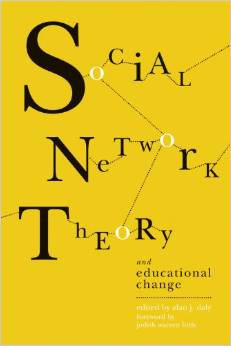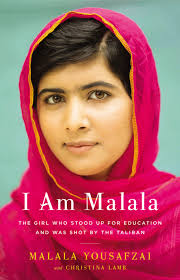“Recent education studies underline the value of strong social networks among teachers for the spread of reform implementation and innovative climate…and their capacity to change” — Moolenaar & Sleegers, chapter 6: Social Network Theory and Educational Change
“Social Network Theory and Educational Change” is a collection of case studies that describe the impact of change efforts in schools through analysis of social networks. Using social network theory is a unique way to analyze reform initiatives within education settings—more so given social interactions among stakeholders is key factor in any type of change initiative within an organization. The studies examine teachers and education leaders communication patterns and behaviors within their school or district’s social networks; with each case measuring a different aspect of change or reform effort.
“Drawing on the work of leading scholars, the book comprises a series of studies examining networks among teachers and school leaders, contrasting formal and informal organizational structures, and exploring the mechanisms by which ideas, information, and influence flow from person to person and group to group. The case studies provided in the book reflect a rich variety of approaches and methodologies, showcasing the range and power of this dynamic new mode of analysis” — Harvard Education Press
Examples of studies in the book include one that examines a new “ambitious” district-wide math curriculum accompanied by a comprehensive professional development program for teachers. The purpose of this study was “exploratory and theory building”, researchers sought to demonstrate the value and applicability of social network analysis in education reform efforts (p. 36). Other studies delved further into teachers’ perceptions of change. Chapter five—’Peer Influence in High School Reform’ focused on measuring teachers attitudes towards reform efforts in order to “better understand the variables that impact the implementation of reform programs” (p. 82). The study’s data came from surveys administered by Consortium for Policy Research in Education (CPRE) across nine high schools, each who had implemented externally designed reform programs that aimed to bring about significant changes in teachers’ classroom practice.
Social Network Analysis Defined
Social network theory and analysis is the study of how people, organizations or groups interact with others within their network. Social Network Theory has its roots in sociology where graph theory was used as an analysis tool in research; it’s now an established research method used in biology, anthropology, economics, management, and is gaining momentum in education (pg 4). The focus of social network analysis (SNA) is on relationships; the flow of information within social network structures, where the structure is a collection of individuals (nodes).

‘Social network analysis requires an understanding of how independent people related to each other, affect each other’s views, and interact together’ – Susan Fant (2013). Slide 8, 10
Methods for Collecting and Visualizing Data
Methods of SNA include identifying the actors—the individuals within a workplace network and implementing a questionnaire with each. Questions within a survey tool might be: “to whom do you turn for work-related information?” or “with whom do you collaborators regarding instructional issues?” or “how often does your interaction with colleague increase your energy level?”. The purpose of the survey instrument is to determine: the flow of information, mode of communication, frequency of contact, strength of ties and the structure of relationships within the network.
Data is complied and transposed using analytic software to create network visualization. Visual representations of networks can be a powerful method for conveying complex information. Chapter 13 outlines best practices and methods for collecting and managing high-quality data for SNA, and provides readers instructive guidance to overcome the main challenges with SNA which according to the chapter author includes, 1) the quality of data, where there’s a concern that the survey-respondents don’t provide responses that accurately reflect social interactions, and 2) quantity of data—where target response rate from actors in a network should be close to 100%.

Diagram above: “Visualization of data from a district-wide study examining the exchange of ‘expertise’ between central office and site administrators. Findings indicate great deal of expertise sharing between the central office administrators (red nodes) and limited expertise exchange between principals (blue nodes)”. (Shanker Institute, 2014).
Conclusion
Revisiting the question—can social network analysis help teachers change? Social network analysis is a useful tool for providing insights into the complexities of change, into school-wide and organization learning, into how relationships influence education practices, and new initiatives. Yet on its own SNA won’t help teachers change, but serves as a tool for education leaders to help teachers change—by helping leaders to understand the flow of information, to identify how to support the relationships responsible for change, and determine the critical resources needed. SNA is not a solution but a unique tool to consider and evaluate. More so now given the increasing number of applications in our workplaces that facilitate social and informal communication and collaboration.
Resources
- Social Network Theory & Analysis (2013), Slideshare, Susan Chelsey Fant
- The Most Valuable People in Your Network (2011), Harvard Business Review, Rob Cross
- The Use of Social Network Analysis Tools in the Evaluation of Social Change Communications (2009), Conceptual Paper, Dr. Rick Davies
- The Importance of Relationships in Educational Reform (2014), Kara S. Finnigan and Alan J. Daly, Albert Shanker Institute










